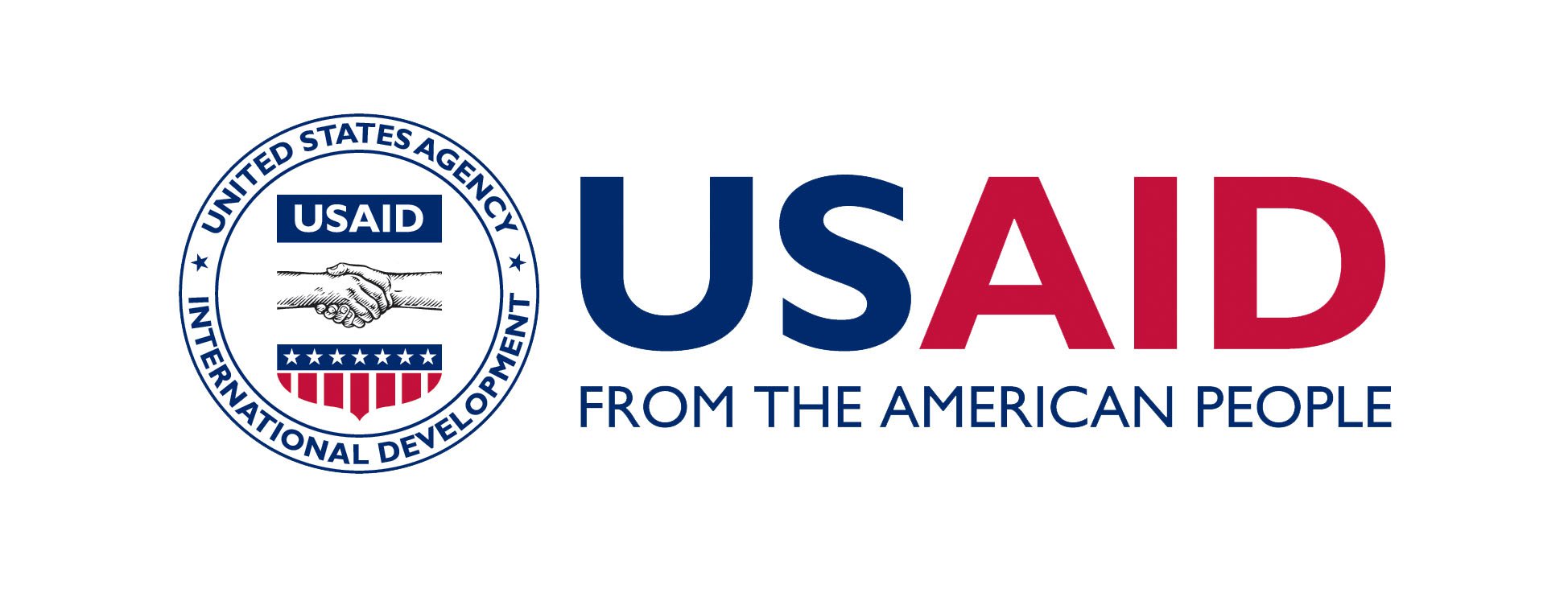The 4th Chronic Poverty Report: Growing equitably, sustainably and leaving no one behind
The five years 2016-2020 will be critical to setting the direction for implementing the SDGs. If sufficient countries do have adequate policy frameworks and implementation processes by 2020, the likelihood of achieving the ambitious goals for the eradication of poverty and deprivation will be significantly enhanced. The period 2016-2020, will be key to determine the extent to which the Sustainable Development Goals (SDGs), and in particular the Poverty Eradication target will be met by 2030.
Whereas there are areas of policy where there is a lot of evidence available on tackling chronic poverty, stopping impoverishment and sustaining escapes from extreme poverty – especially on the role of human development - there are other important policy areas where evidence is thinner. These include how to include the poorest in economic growth.
As part of the 'Resilience and Poverty Escapes' project, CPAN is currently working on the 4th edition of the Chronic Poverty Report series, which analyses the relationship between poverty and pro-poor growth. There are compelling reasons to dedicate the next Chronic Poverty Report to economic growth: national and international debates are focusing on how to maintain the good growth performance of the 2000s while accelerating the process of transformation which is lagging behind in many countries. At the same time, the SDGs and the Leave No One Behind agenda provide a constant reminder that growth needs to reach down and beneficially include the poorest and marginalised groups of the population too, and that business as usual will not be sufficient to achieve this.
Moving from the assumption, which emerges from our previous analysis, that there is the need to go beyond the inclusive growth or shared prosperity agendas as they do not adequately address the interests of the poorest people, the report answers two main questions:
1. Is pro-poorest growth necessary to achieve the Sustainable Development Goals? Or can policy-makers just stick with achieving and sustaining growth, or shared prosperity and focusing on human development?
2. Could Leaving No One Behind possibly be achieved without thinking about growth, through anti-discrimination measures, human development and social protection?
Specifically, the report looks at:
- A study of poverty dynamics and growth incidence, investigating the relationships between the distribution of benefits from growth (via Growth Incidence Curves) and poverty dynamics, and joint and separate drivers of the two. This study would draw attention to both policy and non-policy drivers.
- The poorest women’s economic empowerment, with empirical analysis of Bangladesh and Nigeria, as well as an analysis of donor initiatives for chronically poor women.
Staff
-
Andrew Shepherd
Senior Research Associate
-
Vidya Diwakar
-
Stefania Perna
Senior Programme Manager
-
Kate Bird
Research Associate
